Collins Aerospace
Helmet-Mounted Display Systems and sustainment
Prepared to support: Enhanced Power and Cooling Systems (EPACS)
In any other fighter jet, he might have had reason to head back to base and wait to see how the training mission played out.
But that day off the coast of California, Fellows was flying an F-35C, and, following a furious first sweep of the airspace, he and the other F-35 pilots pivoted.
Now that they were done being the muscle, it was time for them to drop back and serve as the messengers.
Knowing the F-35’s sophisticated sensors could take in a trove of data and share it with the squadron – giving them a better picture of the airspace and a higher chance of success – they demonstrated the F-35’s key advantage: Not only is it a fighter in its own right, it can lend that power to every other part of the joint force.
“The F-35 gives you that room to quickly adapt and maneuver to either counter the threat or take advantage of a weakness you can perceive,” said Fellows, who now works as a Requirements & Capabilities director in Advanced Technology at Raytheon, an RTX business. “Being in that quarterback role, there’s still a lot of breathing room to flex as the battlespace flexes.”
Here are some of the ways RTX businesses support the F-35 program:
Helmet-Mounted Display Systems and sustainment
Prepared to support: Enhanced Power and Cooling Systems (EPACS)
F135 engine
Engine sustainment
Future: Engine Core Upgrade (ECU)
Next-generation Electro-Optical Distributed Aperture System (EODAS)
Munitions

Flew the F-15C Eagle and F-35A Lightning II
Customer Engagement & Strategic Transformation | Collins Aerospace
Flew the F-14 Tomcat, F/A-18C Hornet, F/A-18E/F Super Hornet, and the F-35C Lightning II
Military Engines | Pratt & Whitney
Flew the F-16A/B Fighting Falcon, F/A-18C Hornet, F/A-18E/F Super Hornet, and the F-35C Lightning II
Advanced Technology | Raytheon
On every front, RTX is invested in keeping the F-35 equipped with modern systems to take on the demands of tomorrow’s battlespace.
At Collins Aerospace, an RTX business, engineers say their Enhanced Power and Cooling System – EPACS for short – can provide the increased power and cooling that tomorrow’s fighter jets will require. And they have the data to back up the claim.
As Collins’ proposed Power and Thermal Management System upgrade for the F-35, EPACS hardware has shown in a lab setting that it can deliver 80 kilowatts of cooling capacity – more than twice that of current onboard systems. That more efficient thermodynamic cycle gives the F-35 headroom for upgraded avionics, radars and mission systems as its needs evolve.

Flying the F-35 comes with a learning curve. Not only do pilots need to get used to how it handles, but they also need to get used to the way it handles the massive amounts of information its sensors generate.
Traditionally, that type of information shows up on the instrument panel, or a head-up display – a forerunner of augmented reality that projects data onto a glasslike panel.
But on the F-35, climbing into the cockpit and putting on the F-35 Gen III Helmet Mounted Display System, or HMDS, feels more like becoming part of the aircraft. Data comes in fast, delivered to the visor built into the helmet.
Ted “Vader” Dempsey, a 26-year veteran of the U.S. Air Force, flew operational test and training missions on the F-35. He said having that much display material coming in was a big adjustment.“When you start the transition over from flying, say, an F-15 to an F-35, the first day of academics you hear ‘this is not a better way to do what you used to do,’” said Dempsey, who is now part of the Customer Engagement & Strategic Transformation Office for Collins. “This is totally different, and we’re going to take it as a totally different mindset.”
Collins doesn’t make the outer shell of the helmet but is responsible for the systems inside. Each HMDS is custom fit for each pilot, with sensors calibrated for head shape and eyesight requirements. Collins also provides sustainment support, to ensure the integrity of the hardware and circuitry inside are working properly over time.
“It was a phenomenal helmet,” Dempsey added. “The helmet’s fidelity – and your acclimation to it over time – will give you a lot of different pieces of warfighting prowess.”
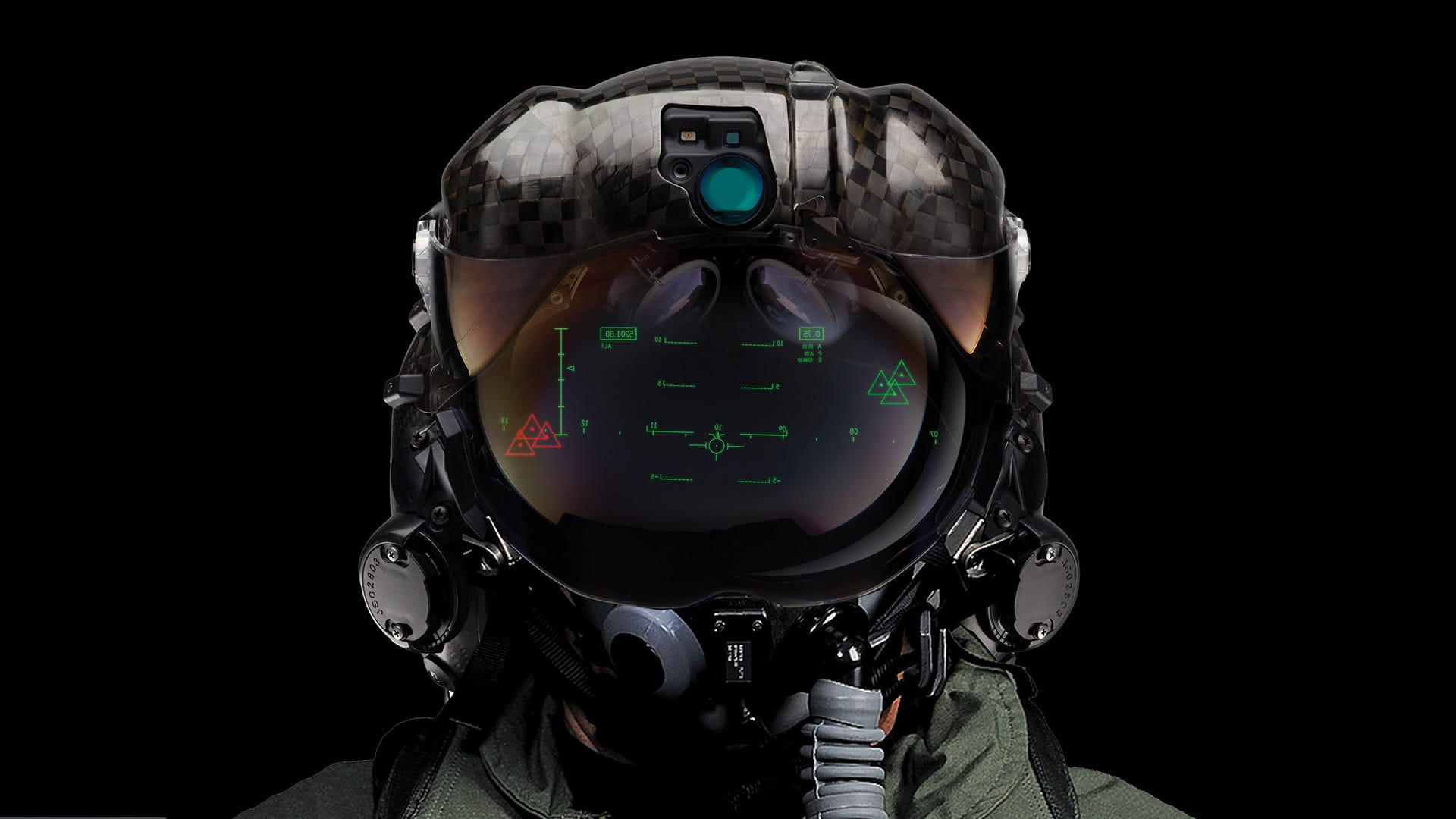
Each custom-fit F-35 Gen III Helmet Mounted Display System (HMDS), delivers critical data directly to the F-35 pilot’s visor – allowing for 360-degree situational awareness. The HMDS is manufactured through a joint venture between Collins Aerospace and Elbit Systems of America.
For 25 years, U.S. Navy fighter pilot Rick “Slash” Crecelius had flown only twin-engine fighters. The redundancy gave him peace of mind – if one engine ever were to fail, he always had the other to get him home.
So when the Navy asked him to switch to the F-35, a single-engine fighter powered by the Pratt & Whitney F135, he was apprehensive.
Until he fired it up.
“It’s a propulsion system that’s more heavily integrated into the aircraft, its mission and its life-support systems, than any other airplane before it – and it shows when you get in the airplane,” said Crecelius, who now works in the Military Engines portfolio for Pratt & Whitney, an RTX business.
“You really don’t understand how integrated all the systems are until you jump in and strap on, you know, 40,000 pounds of fire-breathing dragon. And then you’re like, holy smokes, this thing, everything works together gracefully.”
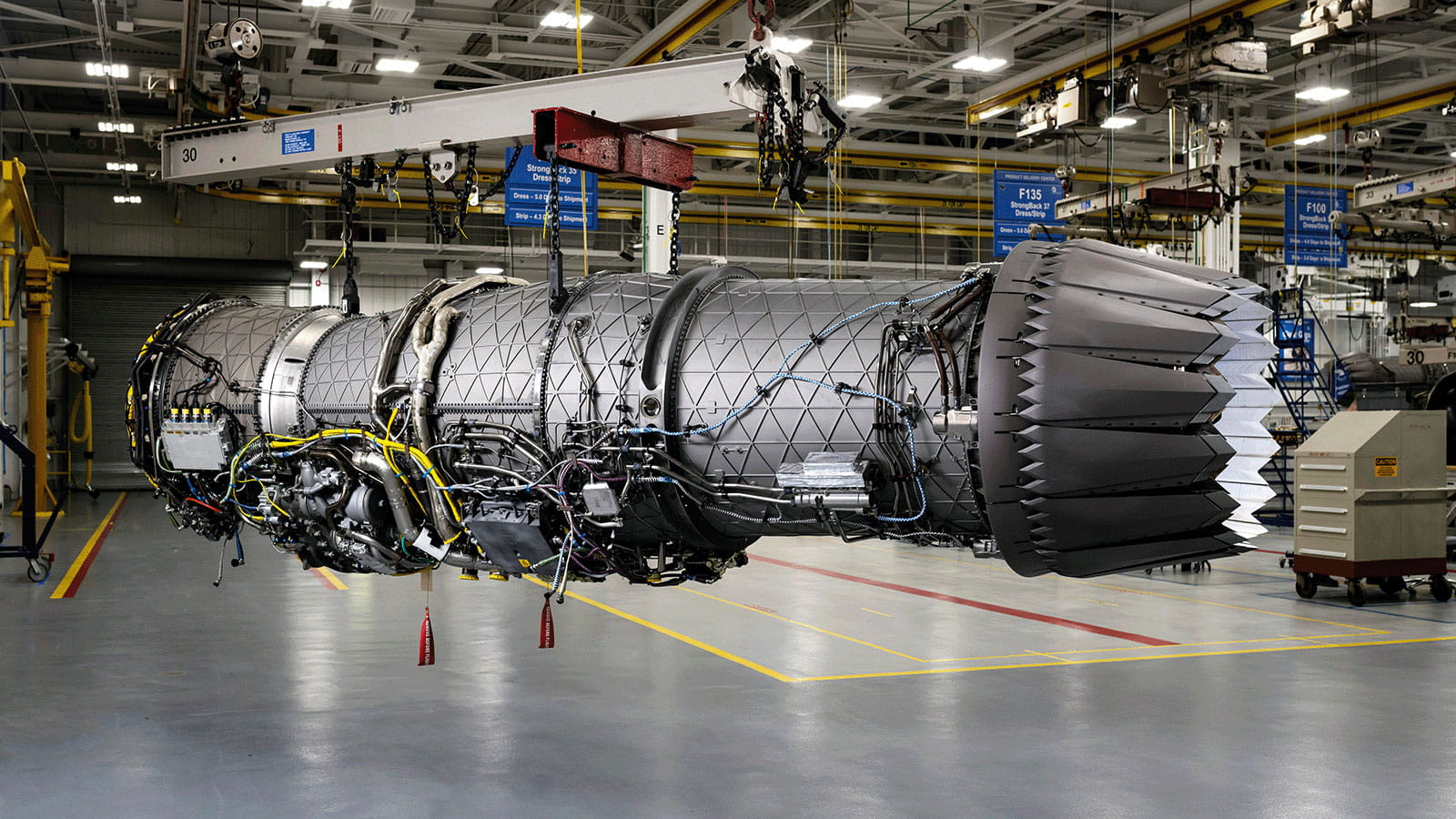
The Pratt & Whitney F135 engine powers all variants of the F-35 and traces its development cycle to Pratt’s F119 engine, which powers the F-22 Raptor. The evolution of the two fifth-generation engines is part of Pratt’s 100-year legacy of innovation for both military and commercial propulsion.
Crecelius credits Pratt’s Military Engines team for ensuring the F135 engine he flew with and relied on in his military career stays mission-ready for the evolving needs of the F-35.
Pratt’s recent Engine Core Upgrade, or ECU, brings additional power and thermal management capabilities to the F135 propulsion system, something he knows will be crucial when it comes to meeting tomorrow’s requirements for weapon systems and sensors.
“The F-35 is realizing its potential,” he said. “And the F135 ECU enables that potential.”
The F-35’s integrated sensor package is built around a network of cameras, placed strategically around the aircraft exterior, giving pilots 360-degree views of the airspace. Made by Raytheon, the system’s full name is the Distributed Aperture System – in pilot’s shorthand, it’s simply called the “DAS.”
When flying the F-35 at night, Fellows said the DAS sensing technology allowed him to maneuver his aircraft as aggressively as he needed to – just the way he would during the day. Instead of looking down and seeing the floor of the cockpit, he had unobstructed views of the entire airspace around his aircraft. No more night goggles.
“I knew where the ground was, where the horizon was, where my flight members were,” said Fellows. “It could laser lock my eyes into the right piece of sky immediately. From a pilot’s perspective, it made flying in non-daylight conditions very comfortable.”
The next generation of the technology, Raytheon’s Electro-Optical Distributed Aperture System, called EODAS (EE-oh-das) integrates six infrared cameras that send real-time, high-resolution images of the airspace directly to the pilot’s visor inside the helmet.
All variants of the F-35 are equipped with different kinds of Raytheon munitions, depending on the needs of a particular mission.
Fellows, a TOPGUN weapons school alumnus and instructor, said the integration of sensor information coming from his own plane, combined with data coming in from his peers in the airspace, created a kind of 360-degree, three-dimensional model of situational awareness.
“Now I know exactly where the target is – left, right, up, down,” he said. “Now I’m so confident in that, I’m willing to pass that location off to a weapon and know my weapon is going to find it.”
The F-35 stealth fighter has a reputation around the world for its unmatched lethality – in large part because of its onboard arsenal.
Weapon systems on the F-35:
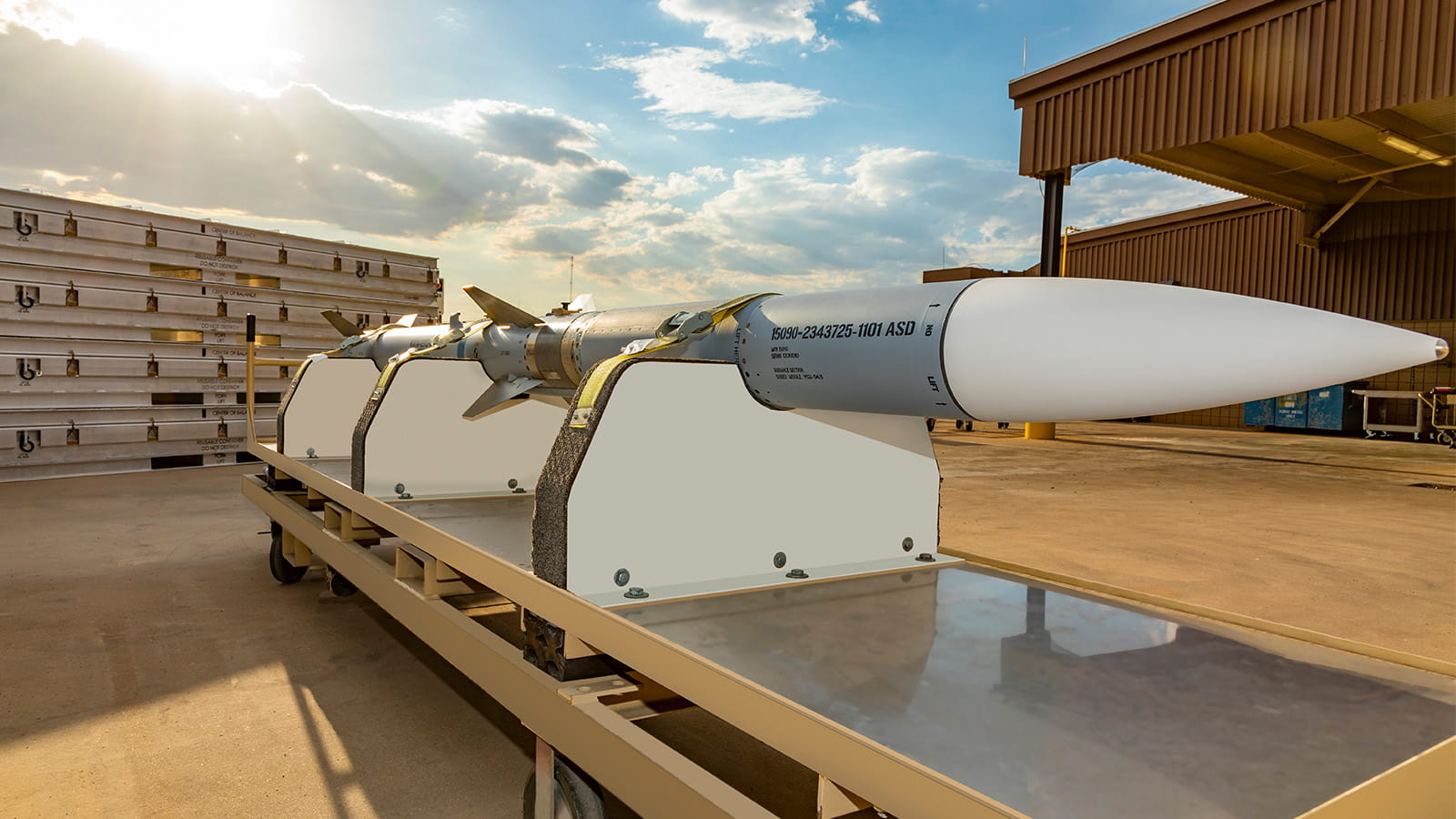
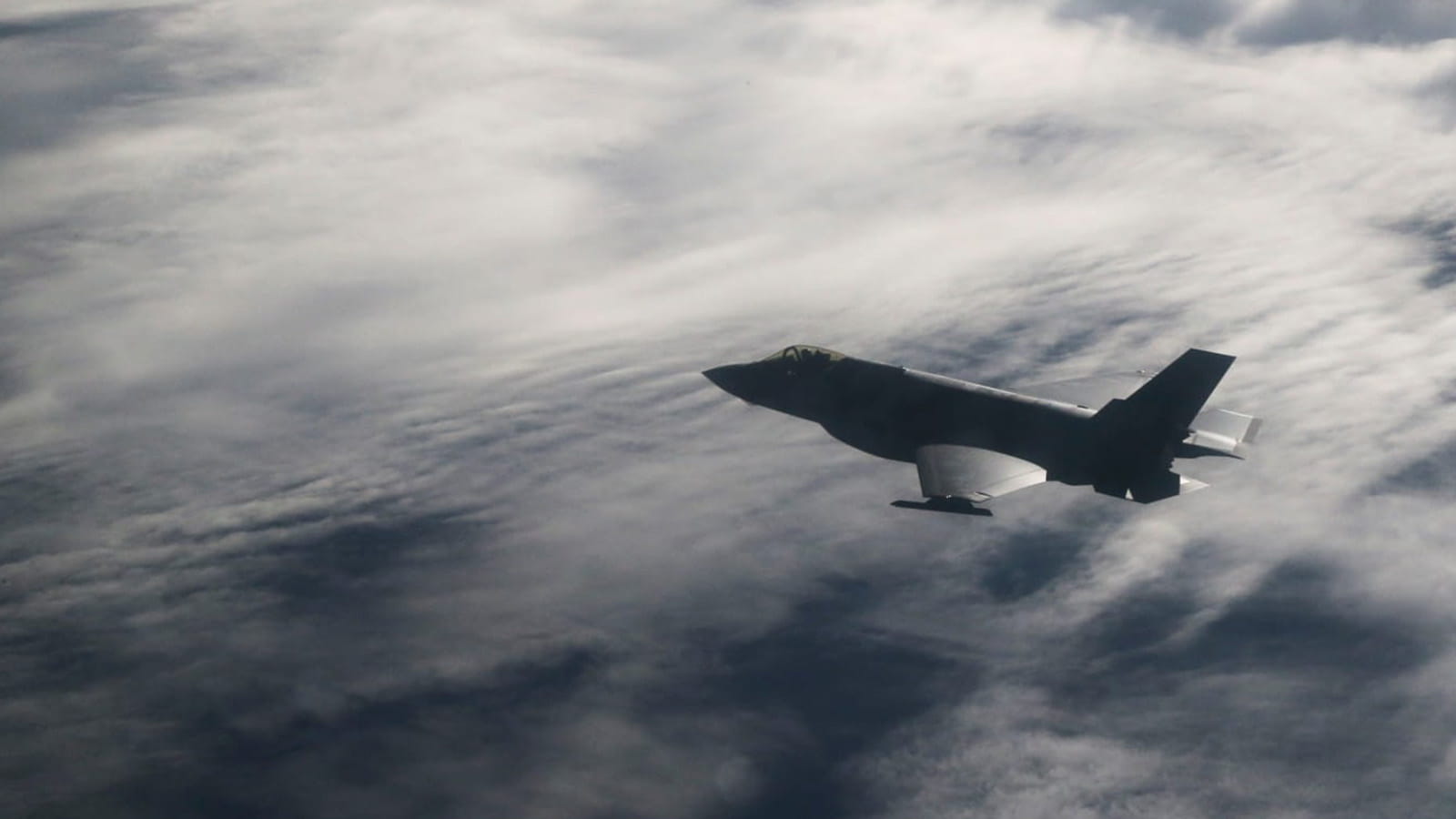
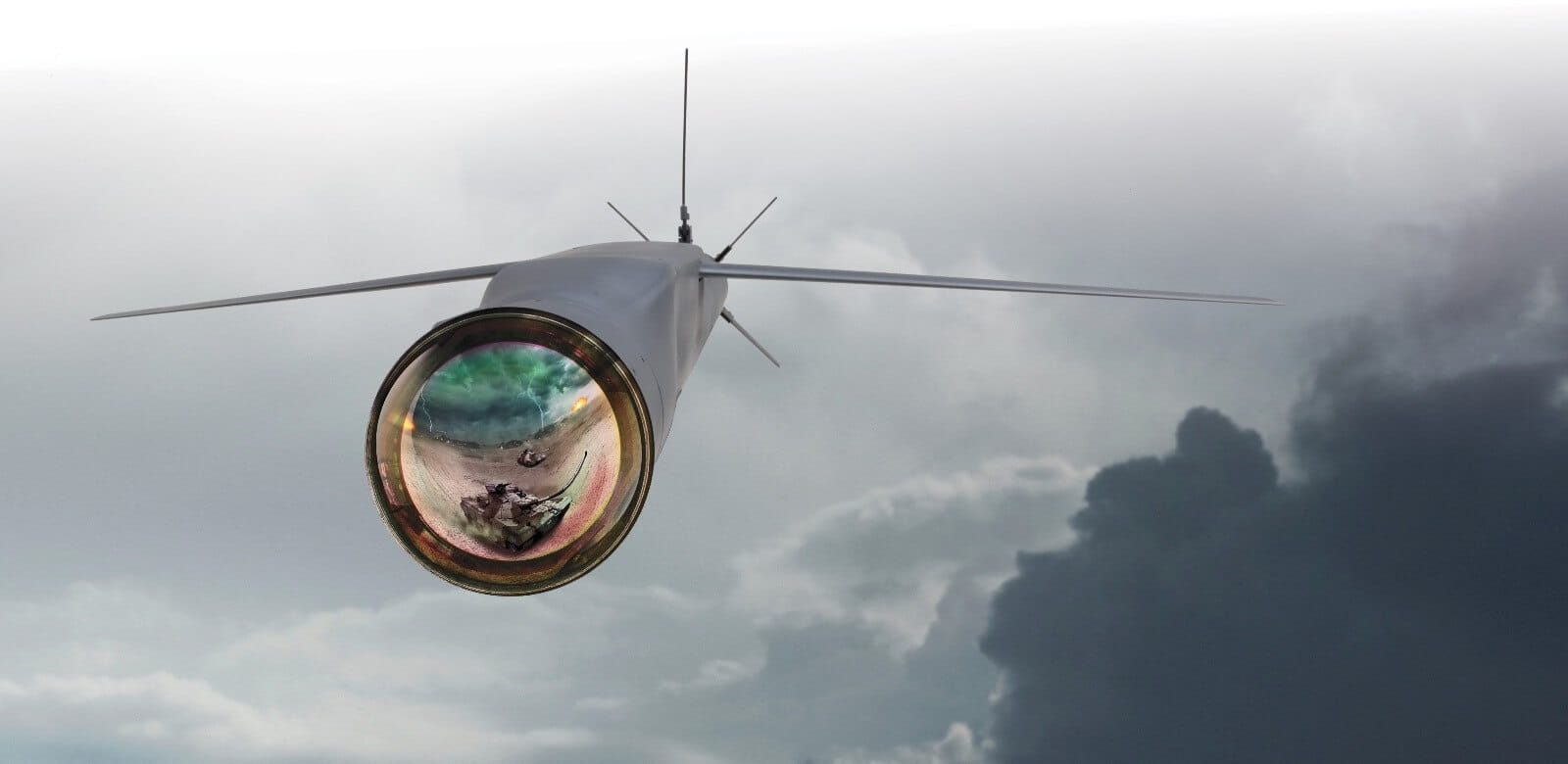
Crecelius believes everything that enables the F-35’s success serves a single, key priority: helping the U.S. and its allies maintain a competitive advantage.
“We need to make sure we’re giving the warfighter the most reliable, most lethal equipment we possibly can,” he said. “So when we ask them to go into harm’s way, we know we’ve done right by the men and women that volunteer to be on the very tip – the pointy tip of the spear.”
Platform variants:
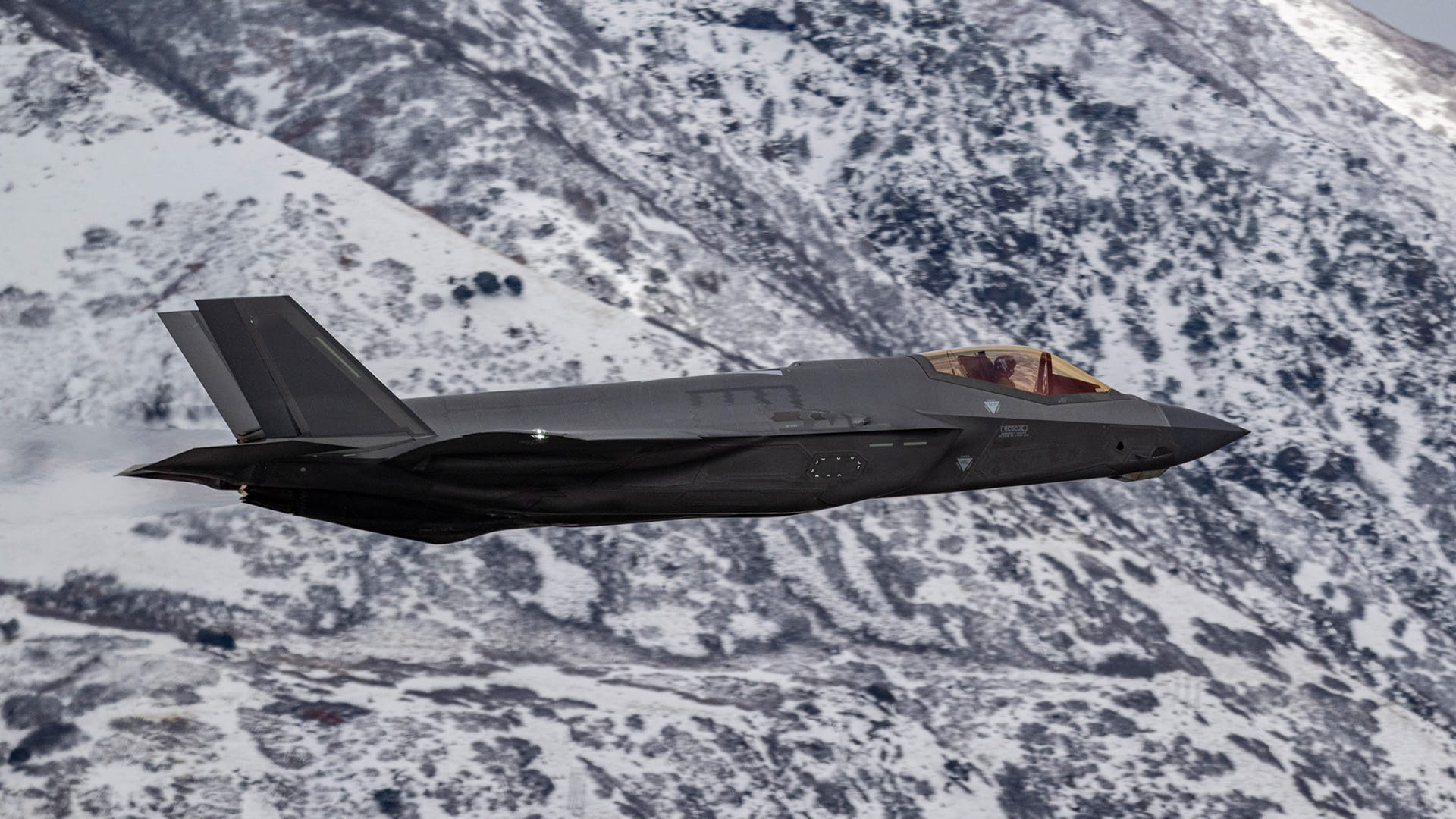
Conventional takeoffs and landings
Primary customers: U.S. Air Force and international allies
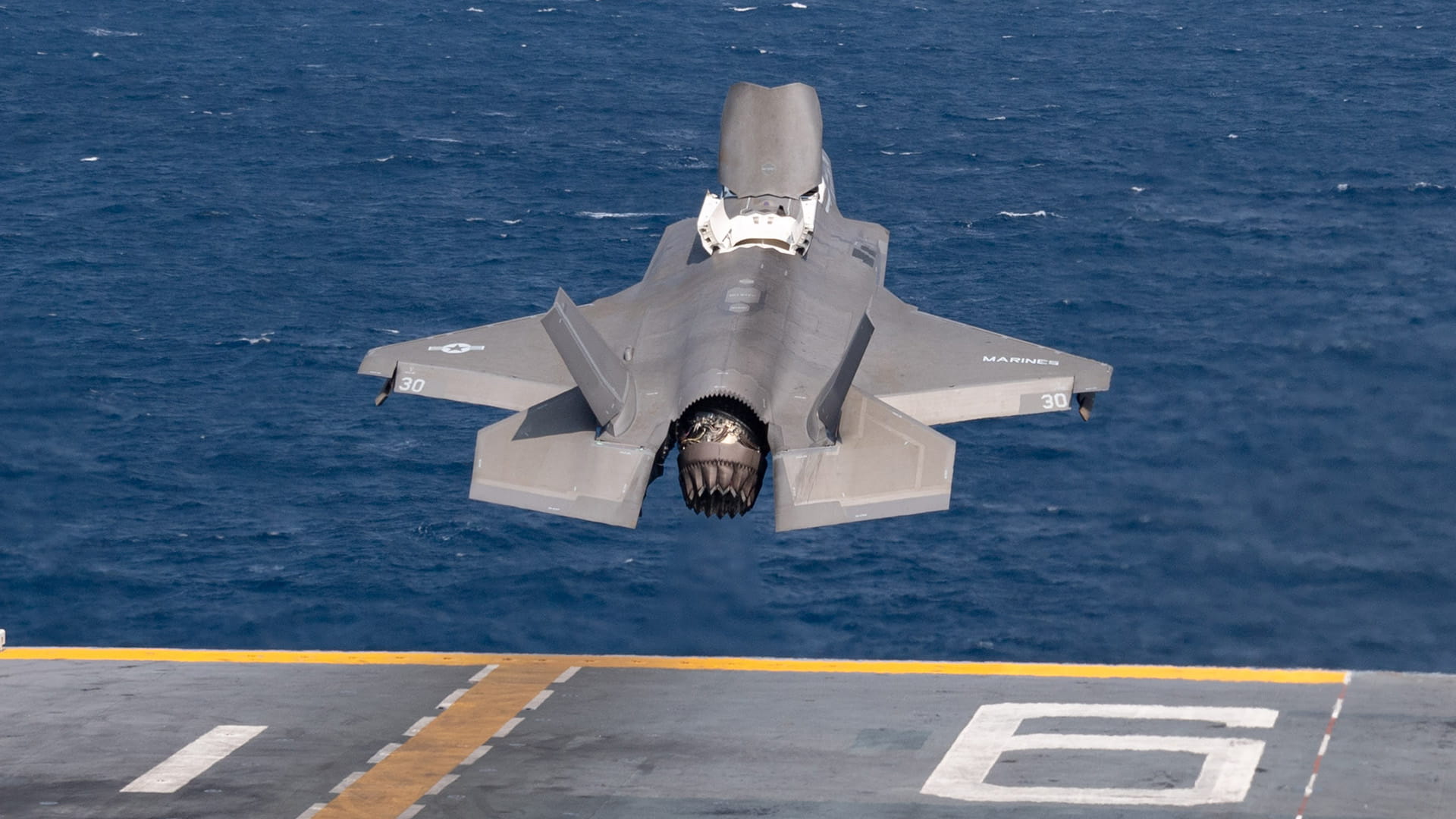
Short-runway takeoffs and vertical landings
Primary customers: U.S. Marine Corps, the U.K. and other international allies
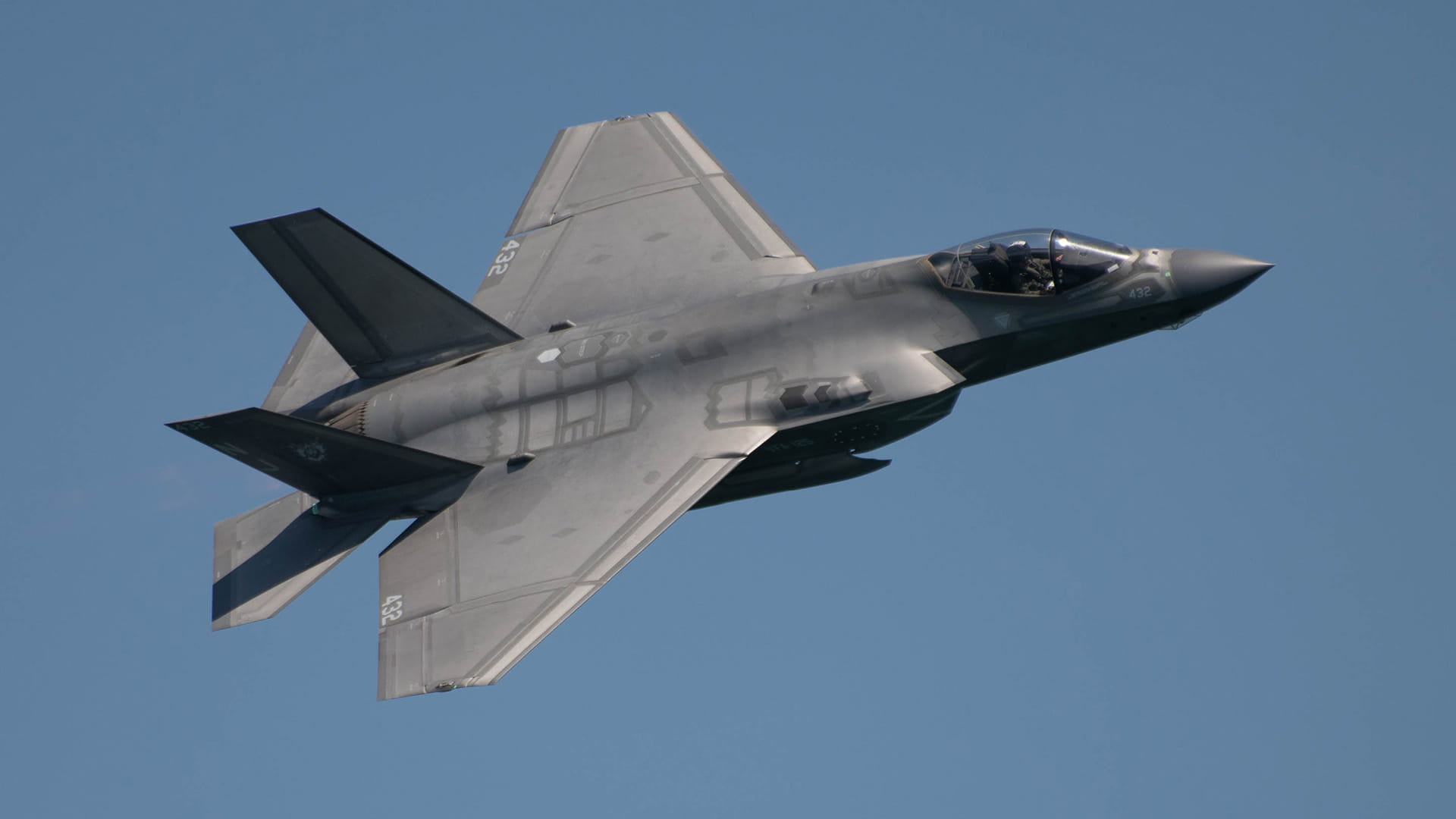
Aircraft carrier takeoffs and landings
Customer: U.S. Navy
F-35A U.S. Air Force photo by Senior Airman Nicholas Rupiper. F-35B U.S. Navy photo by Mass Communication Specialist 3rd Class Darian Lord. F-35C U.S. Coast Guard photo by Petty Officer 3rd Class Justin Remo. The appearance of U.S. Department of Defense (DoD) visual information does not imply or constitute DoD endorsement.